On The Fence is a film by Australian filmmaker, Harry Vincent, due to be released in 2024.
Australia’s dingoes have long been heralded as native Australian animals, found in picture books, postcards and zoos — yet our political, pastoral and environmental approaches are often violent, inhumane and unethical. On The Fence seeks to broaden our awareness of the critical nature of dingoes in our ecosystem and the importance of seeking coexistence, rather than eradication.
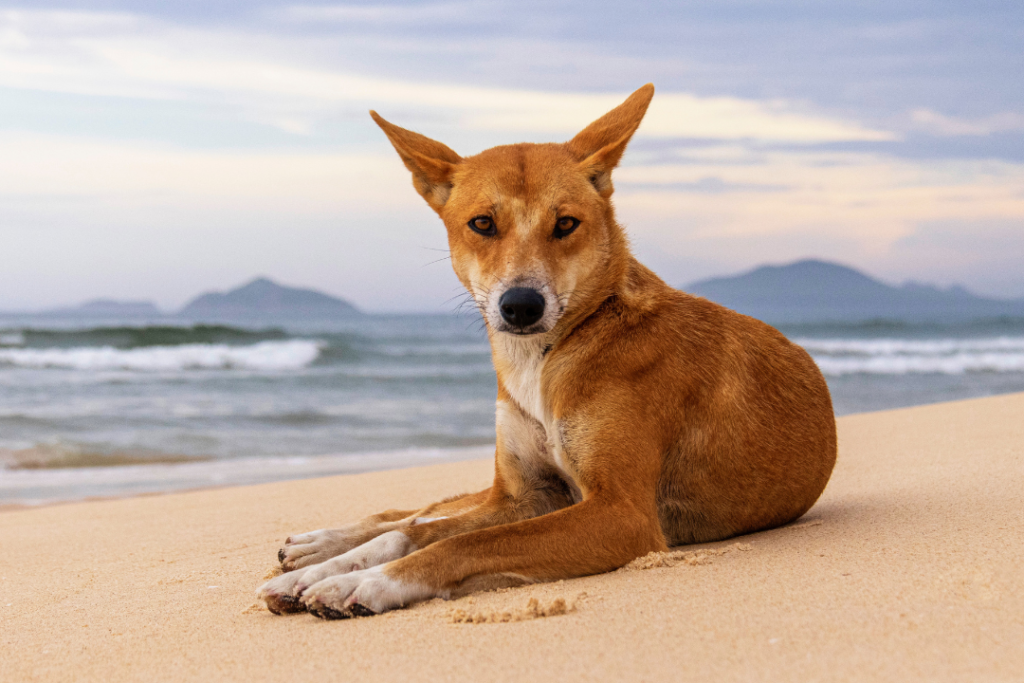
Meet On The Fence Director, Harry Vincent
Harry, it’s a pleasure to have a conversation with you about dingoes and your documentary, On The Fence. Could you please tell our readers a little bit about you.
Of course! My name is Harry and I am a wildlife filmmaker from Sydney, Australia. I was fortunate enough to grow up on Dharawal Country surrounded by pristine oceans and dense bushland, which is where my love for wildlife and habitat first started. I am currently working on my first feature length documentary “On The Fence” which focuses on the plight of Australia’s most misunderstood apex predator: the dingo.
What led you to where you are today and what drives your determination to produce On The Fence?
The first time I ever saw a dingo was on a camping trip with my dad. We were on Worimi Country driving along the beach and there was a fisherman who was reeling in a juvenile shark that he had caught. A dingo emerged from the sand dunes and snatched the shark off the fisherman’s line and then began to eat it on the beach. As a kid, I was in awe. And those feelings of admiration and infatuation have only increased over the years.
I think the turning point for me was when I was driving between Sydney and Dubbo and I saw my first dingo tree. There were four dingo carcases hung by their feet in a tree surrounded by sheep. I was so sickened by the cruelty that I began writing a plan to create “On The Fence” film that night.

Dingoes and Australia’s ecosystem
Dingoes are classified as a native Australian animal. What role do dingoes play in Australia’s ecosystem?
Dingoes are an apex predator. They play an incredibly important role in Australia’s ecosystem. Dingoes reduce numbers of invasive species such as cats, foxes, rabbits and pigs. They reduce numbers of grazing animals such as kangaroos, wombats and wallabies which allows the landscape time to recover and rejuvenate.
In certain parts of the country, they are also what is considered “ecosystem engineers” where their changes to the landscape benefit animals other than themselves. I have seen dingoes in incredibly barren environments dig to find fresh water. Once they have had their drink, they leave this burrow which then allows other animals to drink and bathe in it.
On The Fence film
Your film title includes the word “fence” — some people might assume that your documentary is purely about The Dingo Fence — is that an accurate assumption?
“On The Fence” is using the 5600km dingo fence as the guiding source of the narrative, but we are not only covering the fence and the devastating impacts it has had on the environment. Instead, we will be following the long and complicated history of the dingo in this country. Being a feature film, we wanted to give ourselves enough time to tell as holistic a story of the dingo as possible. While it would be impossible to tell every story, we are trying our best to tell as many as we can!
If there is one thing you want people to walk away with after watching On The Fence, what would it be?
I want people to walk away from “On The Fence” feeling inspired to protect dingoes and seeing them for what they are; a crucial native apex predator. There is not a single other native animal that is not protected in some capacity in this country except dingoes. Because of this, they are shot, trapped, poisoned and hung up in trees or fences and left to rot. I want people to see the importance of the role that dingoes play in this fragile ecosystem and that the easiest way of reducing their impacts on livestock is to simply leave them alone. Coexistence is not only possible, but it is the cheapest, safest and easiest solution.
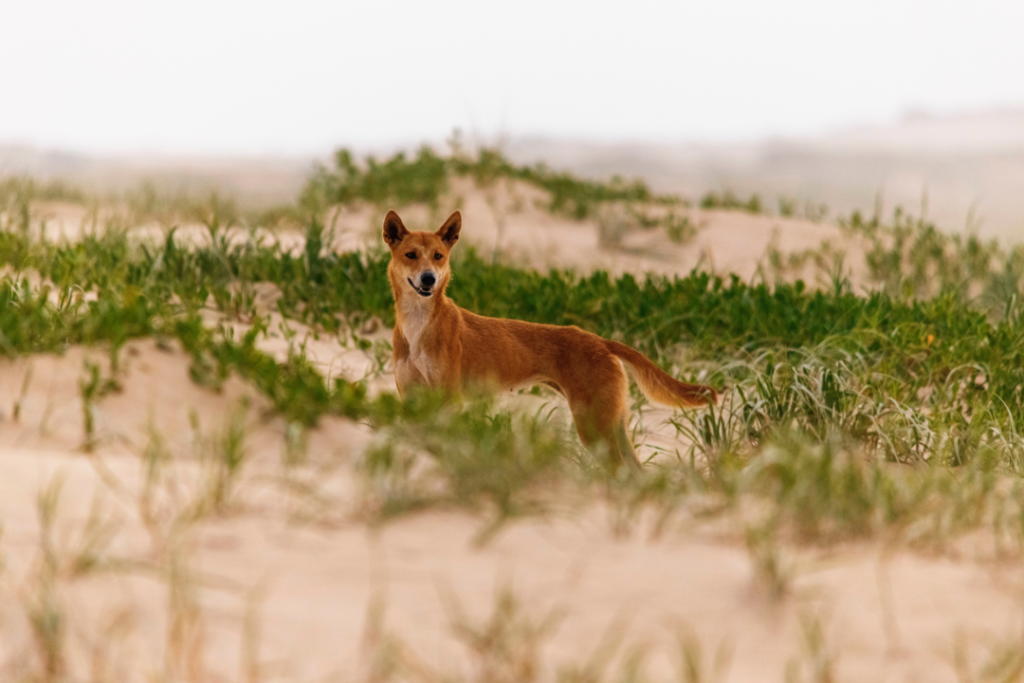
On The Fence: highlighting ecological negligence in Australia
*WARNING: Distressing content. This article includes images of dingoes which have been killed through dingo eradication programs in Australia.
The dingo is classified as an Australian native animal, yet is persecuted in most parts of Australia. Dingoes are legally poisoned, trapped and shot. What are some of the competing factors that have made it so difficult to ensure the protection of dingoes?
There has been a long (and deliberate) war against dingoes since colonisation. The term “wild dog” began to be used because it was a much easier pill to swallow than “dingo”. The general public would be up in arms if they knew that the government’s “wild dog management programs” are actually dingo eradication programs.
But the biggest competing factor honestly comes down to politics. The people who have the power to make change and protect dingoes are generally representing communities that have livestock owners as the vast majority of voters. If they all of a sudden banned 1080 or shooting programs, they would be voted out at the next election. These communities have been treating dingoes (or in their eyes “wild dogs”) this way for many generations and dingoes are seen as public enemy number one. And if they aren’t doing their own research and trying to undo the beliefs they have been told their entire lives, I am not surprised they feel this way.
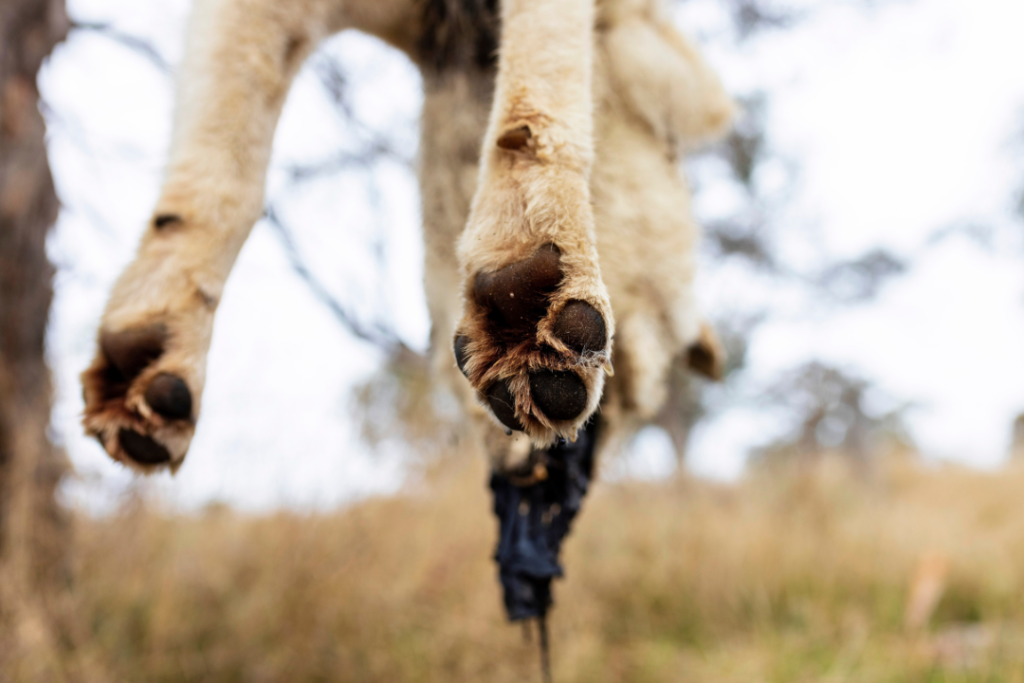
It’s no secret that 1080 poison has been banned in many parts of the world for its ability to kill inhumanely, yet Australia and New Zealand continue to use 1080 poison — it’s literally dropped from the sky. Can you tell us about some of the advocacy groups/individuals you’ve interviewed for On The Fence and why they’re fighting so hard to have 1080 poison banned?
Alex Vince runs the Coalition Against 1080 Poison and has been advocating against the use of 1080 in Australia for many years. In 2021, he helped get 1080 banned in the Blue Mountains National Park which is a huge achievement and a massive step in the right direction.
Alex has created a platform that allows people who have lost their pets to 1080 to reach out for support. Tragically, this number rises every single day. Alex realised there was no such support network created by the governments (the people who are funding the distribution of the poison in the first place) and realised that forming the Coalition Against 1080 Poison was vital.
I have also met with a family who lost their border collie to 1080 and hearing their story will stay in my mind for the rest of my life. The grief and horrors that they witnessed are truly horrific and have only further fueled my fire to warn the public about this indiscriminate poison.
What impact does it have on dingoes when members of their pack are poisoned, trapped or shot?
Pack structures are incredibly important for dingoes. The older members of the pack will teach the young pups how to hunt, how to find water, their boundary lines and basically everything they need to know to survive. When these senior, more experienced dingoes are removed from the pack during this crucial time of development, the pack structure crumbles.
This results in young, inexperienced dingoes going off on their own crossing boundary lines, encountering other packs and occasionally stumbling onto cattle and sheep properties. Without the knowledge and experience of how to hunt, they will turn to an easy meal which in some cases, can be livestock. Because of this, the vast majority of livestock farmers around Australia hate dingoes (or wild dogs, as they call them).
But recent studies have shown us that the best thing we can do to reduce dingo encounters with livestock is an incredibly simple solution: leave them alone. When there is a strong pack structure being enforced and there are no baiting, trapping or shooting programs in place, dingo packs can rebuild and stabilise thus reducing the chances of them feeding on livestock and instead continue to hunt and forage as they prefer to do.
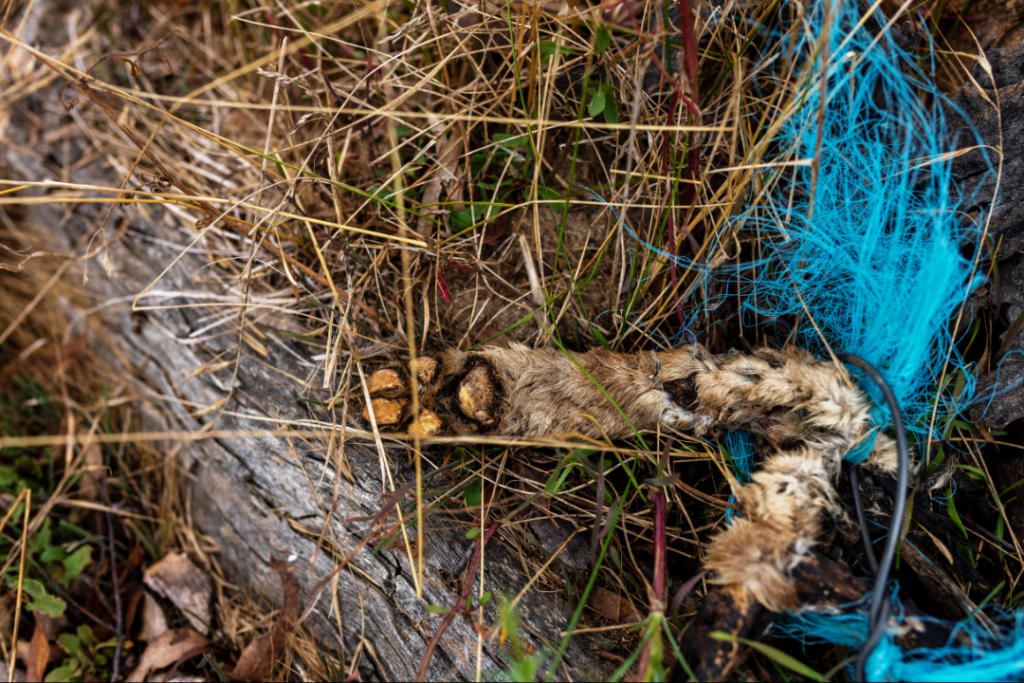
Can you tell us about the dingo tree that you saw in Victoria?
I have had the unpleasant job of finding as many dingo trees as I can to document. The dingo tree in Victoria was a particularly horrible sight. For those that don’t know what a dingo tree is, it is a way that hunters will display their dingo kills. They will hang the corpse of a dingo from a tree by its feet after removing the pelt (usually the skin from its head all the way down its spine to its tail).
The reason that this barbaric practice is done is to communicate with the farmers and property owners nearby that there are dingoes in the area and that they have been killed. The majority of dingoes that I have seen hung up in trees or fences have lacerations all over their feet from the foot hold traps they were stuck in for hours before they were killed and left to rot on the side of the road. Dingo trees are a very familiar sight for people driving through known dingo territory in rural areas where they still run livestock.
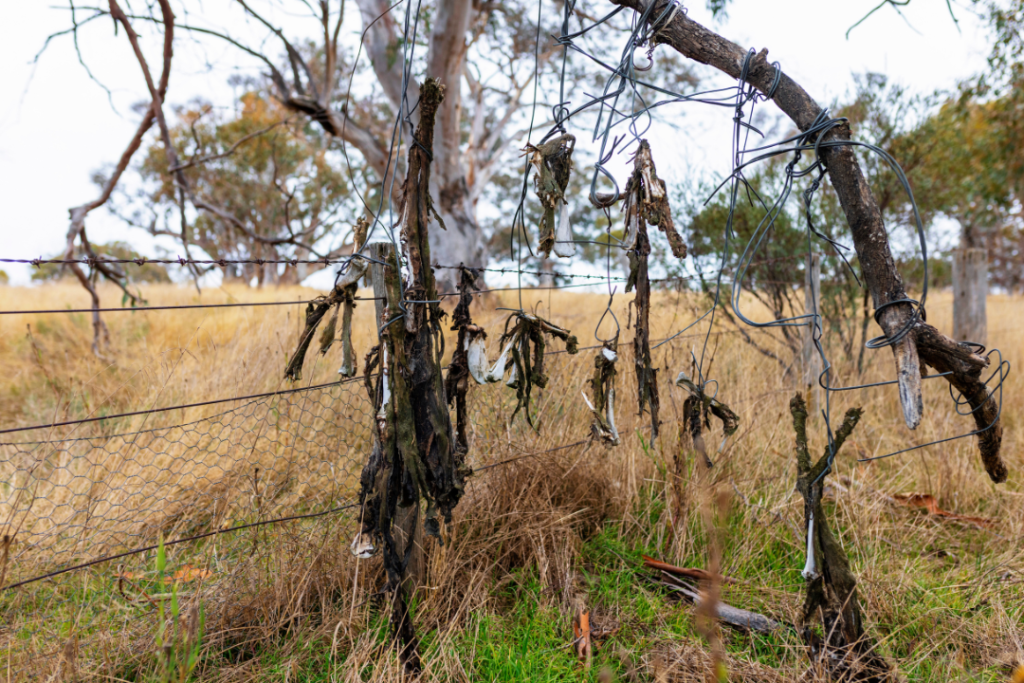
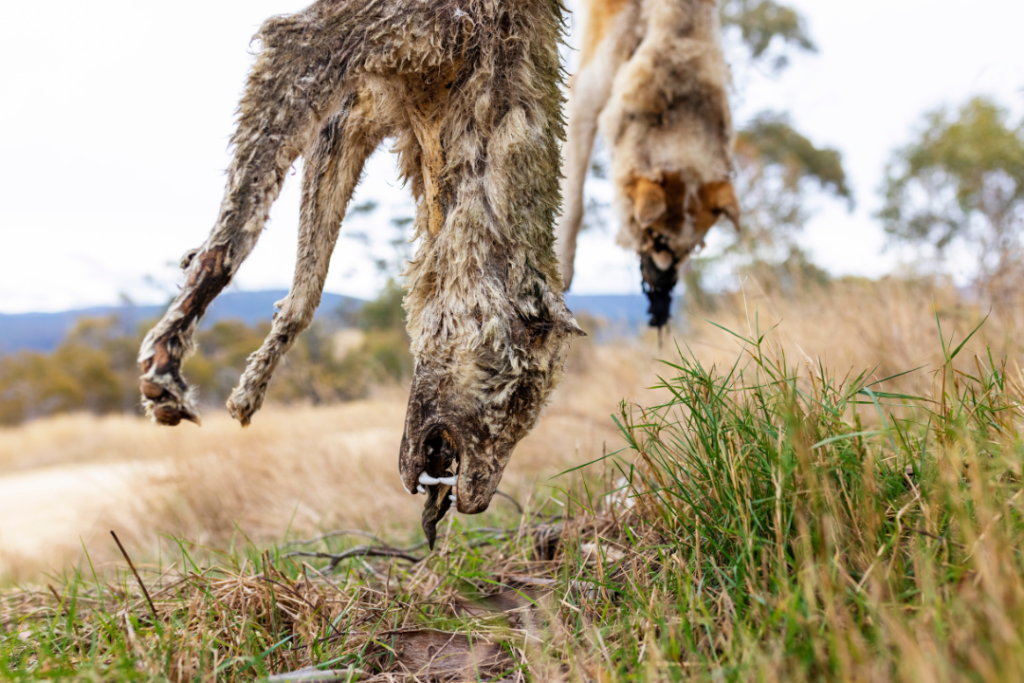
Dingoes at K’gari have been in the news over the past year. Dingoes are protected at K’gari but we’re still seeing dingoes being euthanised and mistreated. What’s the best thing Aussies and visitors can do to help dingoes at K’gari?
The best thing that people can do to protect dingoes on K’gari is very simple; follow the rules. They are there for a reason.
The dingoes on K’gari are in a very unique situation where they will spend their entire lives surrounded by humans whereas the dingoes I film very rarely encounter humans in their entire lives. Because of this, the dingoes on K’gari are losing their fear and caution around people which is having disastrous consequences.
The rules in place on K’gari are very simple and following the rules will ensure your safety as well as the dingoes.
Do not run, don’t leave out food, always keep your children within arms reach and please:
DO NOT FEED DINGOES. A fed dingo is a dead dingo.
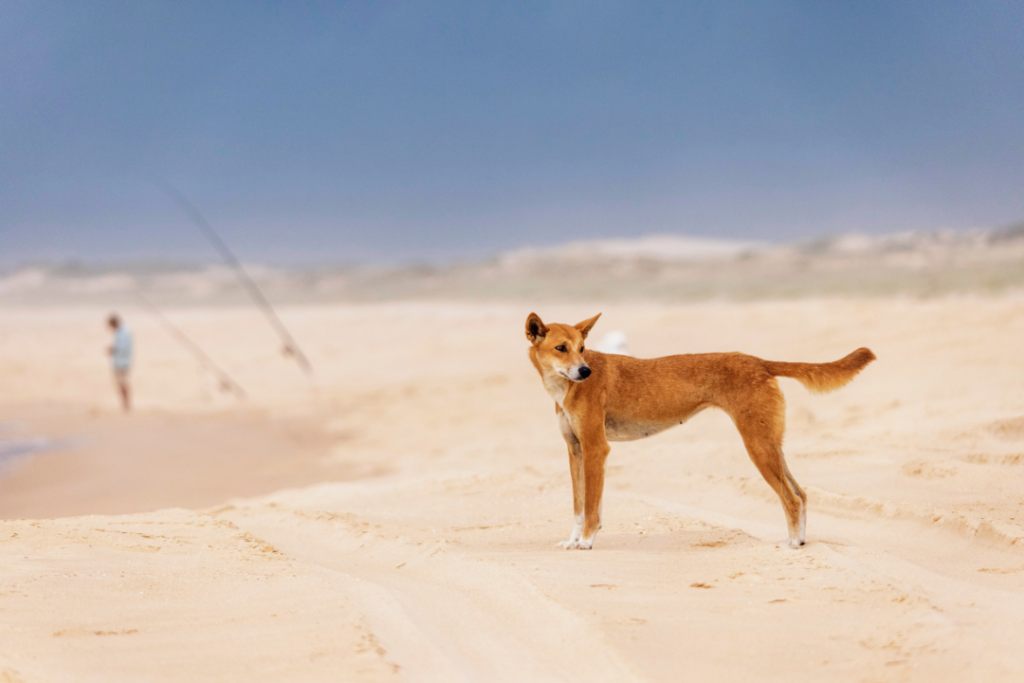
Filming On The Fence
Tell us about some of the locations you’ve filmed On The Fence and the locations you’re planning to travel to?
Filming “On The Fence” has taken me to some of the most remote corners of the country. I have filmed dingoes in the alpine region of NSW and Victoria, along the sandy shorelines of Worimi Country, the unforgiving deserts and all the way up to the tropical rainforests of far north Queensland. But this is only the beginning.
I still need to get to Western Australia (where the use of steel jaw traps laced with poison is still legal and a common practice) and the Northern Territory. I have interviews with people all around Australia but I think I am most looking forward to visiting Wooleen Station in Western Australia.
Filming On The Fence has revealed confronting truths about life for dingoes in Australia. Can you share a moment or situation that has had the most impact on you?
I think one part of dingoes’ lives that I underestimated was the importance of their pack structure. I knew they were pack animals but I had no idea how complicated and vital this structure actually was to ensure their survival.
I think the most memorable encounter I have ever seen was when a female dingo had four juveniles with her all bounding along, tripping over logs and sticks and getting distracted by all of the amazing things in their world. She led them to a little creek and stood back while the pups were drinking and kept watch to ensure they were safe.
The wind shifted directions and began to push my scent down towards her and as soon as she smelt me, she let out a small “yap” and the pups quickly took off behind her. I was at least 300m-400m away from them in a hide (a structure that wildlife filmmakers use to remain hidden) yet she still knew there was something unfamiliar nearby and wanted to ensure her pups safety. It was truly an incredible thing to witness.
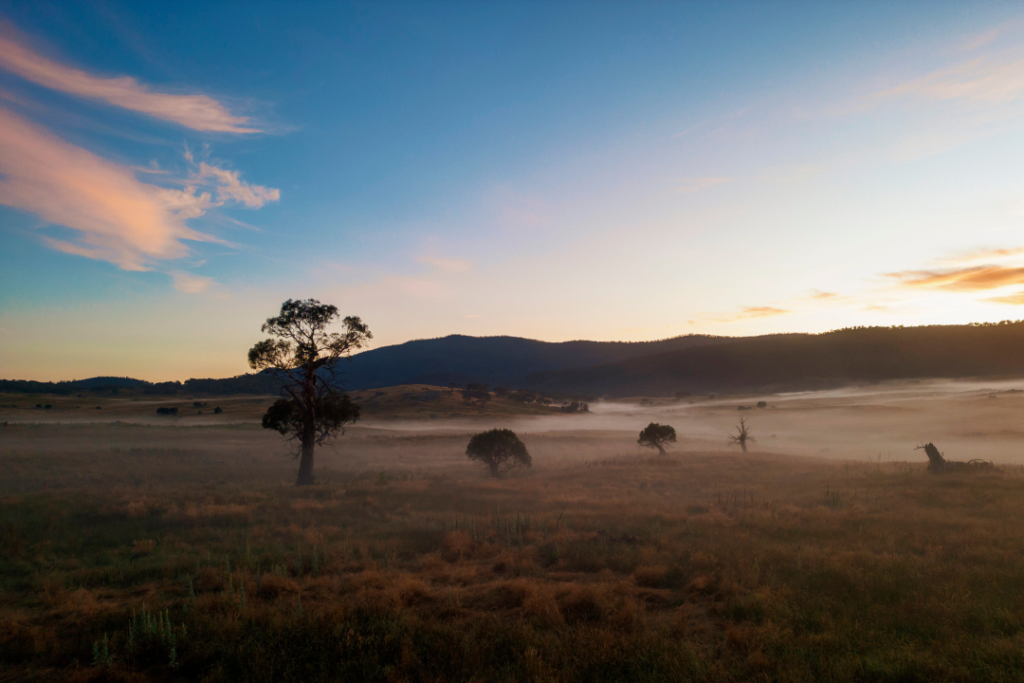
More information about On The Fence film
Are you accepting donations for On The Fence?
We certainly are accepting donations to support “On The Fence”. There are three ways you can contribute to the film. You can donate through our website, you can purchase a print, where 100% of the funds raised go directly to creating the film and you can also visit our Documentary Australia page.
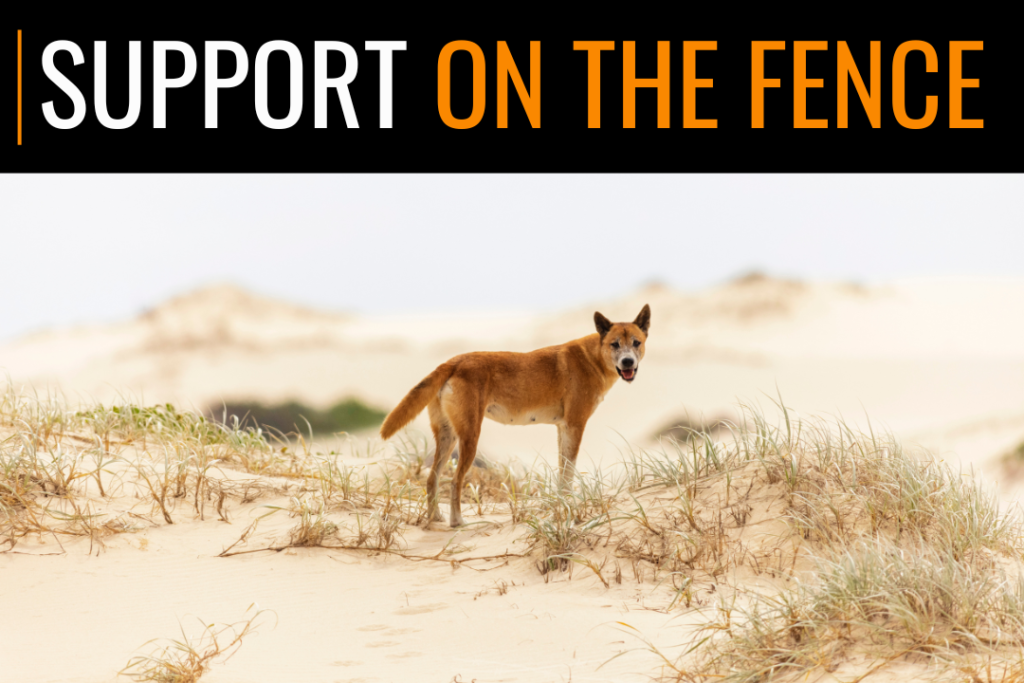
Where can people find more information about On The Fence?
“On The Fence” will be released in 2024. We have had some very exciting discussions with some streaming services about where it may live once it is finished but I cannot confirm anything at this point. We would love to do screenings in major capital cities as well as a regional tour to promote the message of the film to as many people as possible.
If someone watches On The Fence and the message resonates with them, what can they do to support the protection of dingoes in the future?
We will be running a campaign upon the film’s compilation that will allow people who resonate with the message of the film to take action to protect the dingo. Right now, the best thing that people can do would be to share the information and posts we have been sharing online to spread the message far and wide. Most people have no idea that the horrific treatment of dingoes is even happening!
A big thank you to Harry Vincent for this interview and for the use of his images on Intrepid World.
Find On The Fence on Facebook, YouTube, Instagram.
Here’s a behind the scenes look at On The Fence:
Further reading about dingoes, genetic research and 1080 poison
- Dingo Genetics Research by Dr Kylie Cairns
- Research show dingoes are more purebred than thought (ABC News)
- I can’t get it out of my mind – New research reveals the suffering of people whose dogs died after eating 1080 poison baits (The Conversation)
- Scientists demand end to dingo baiting after research reveals most are genetically pure
- Dingoes and the management of total grazing pressure (Wooleen Station)
- Dingo genetics: let’s do a dingo DNA test (Intrepid World)
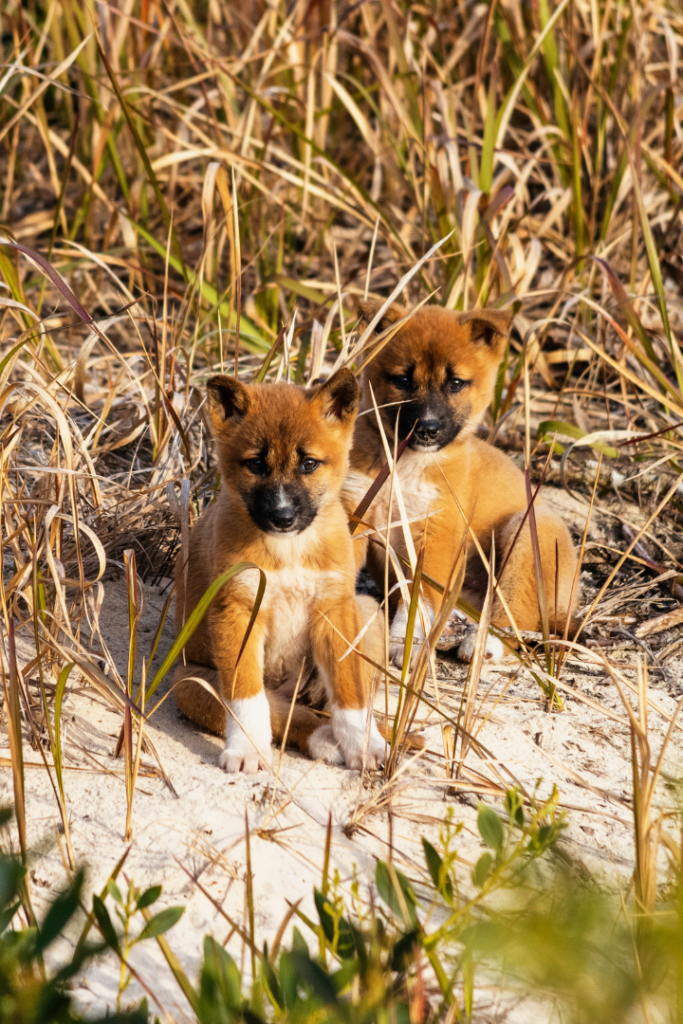
Feature image: Dingo cubs among the dunes
“I photographed these two pups a few years back now. They hung back in the bushes and grass while the older members of their pack enjoyed the morning sun. Every now and again, a member of the pack would go and check on them to ensure they hadn’t moved or gotten into any mischief.” – Harry Vincent, Director of On The Fence
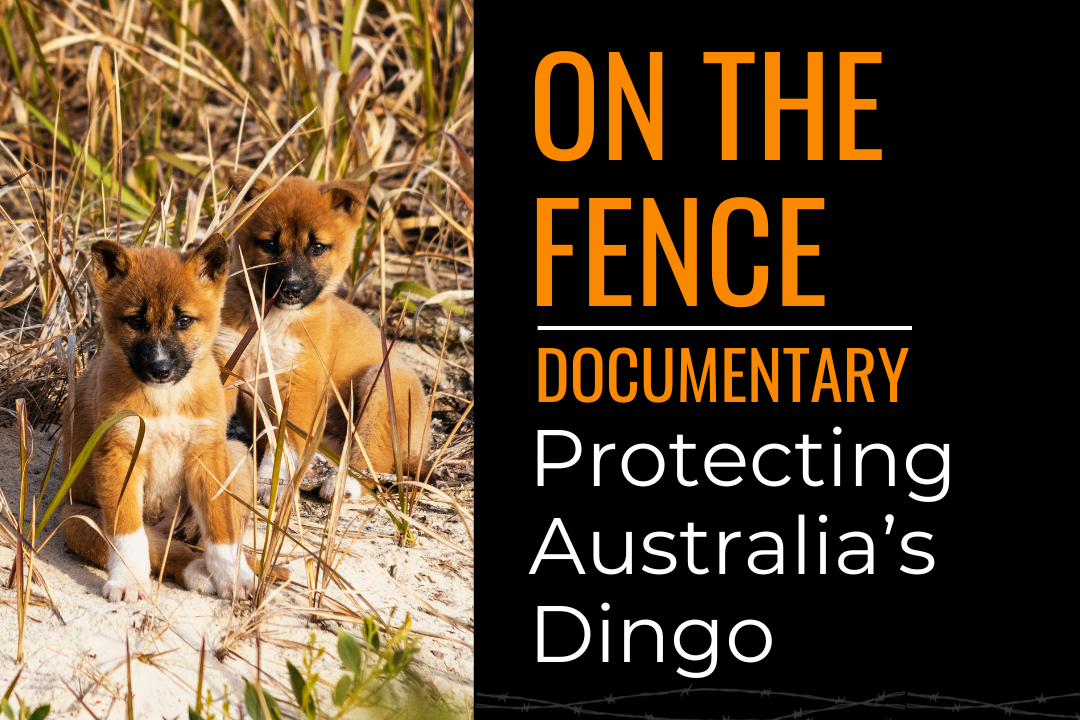
0 Comments